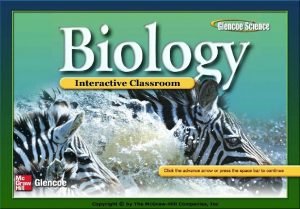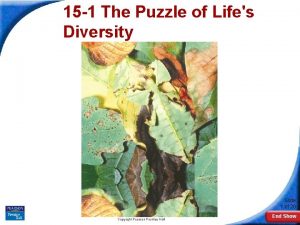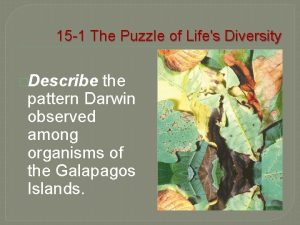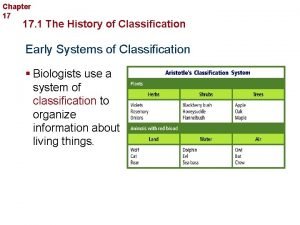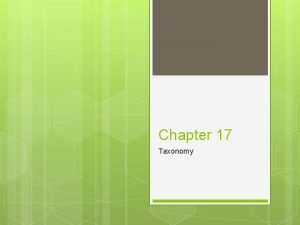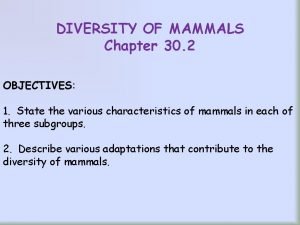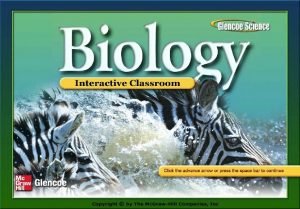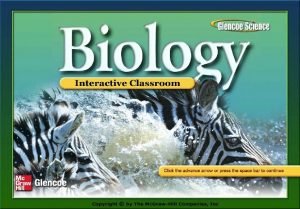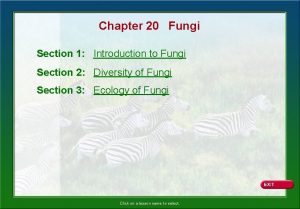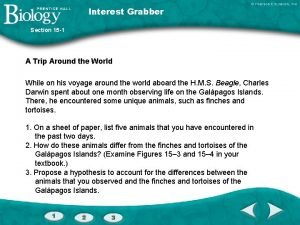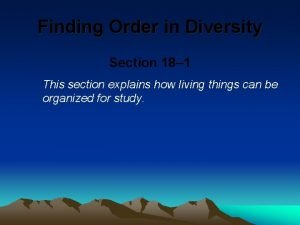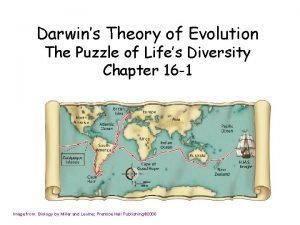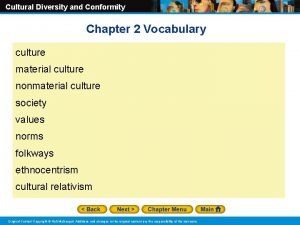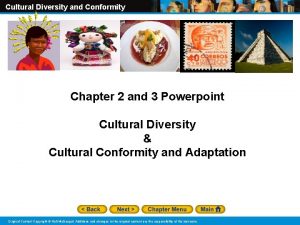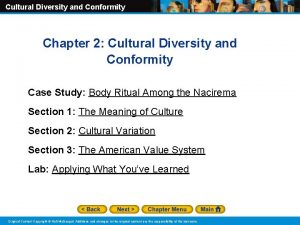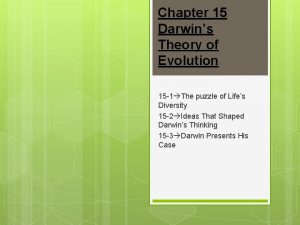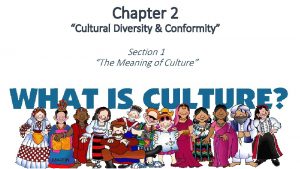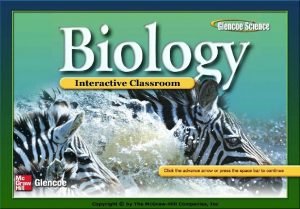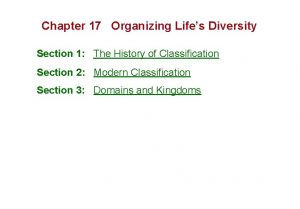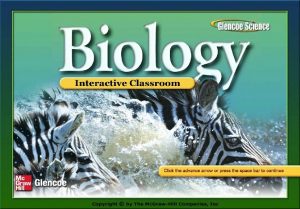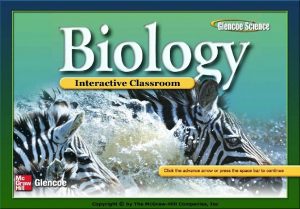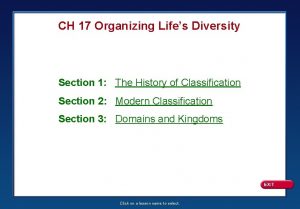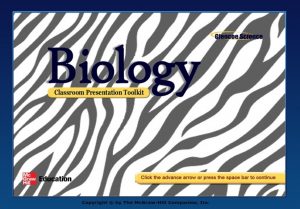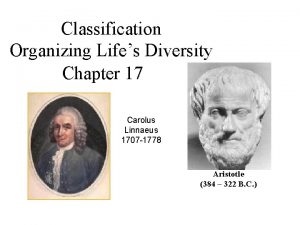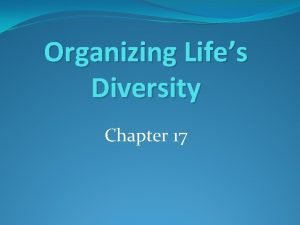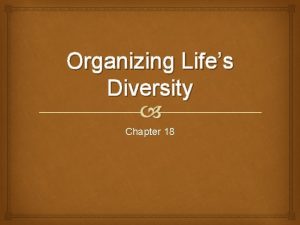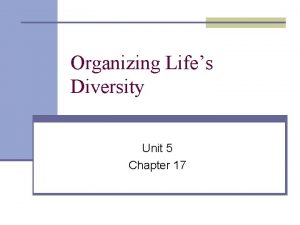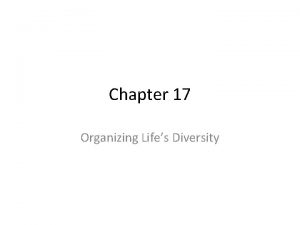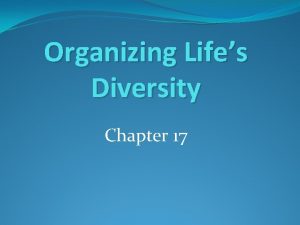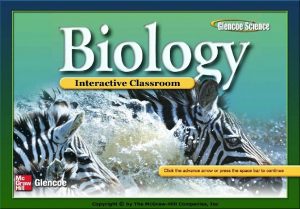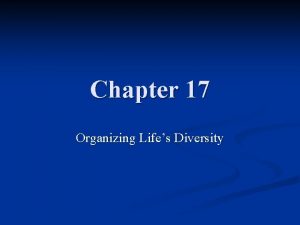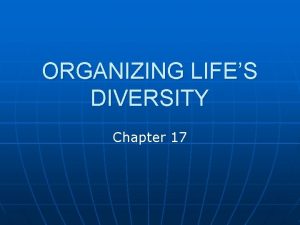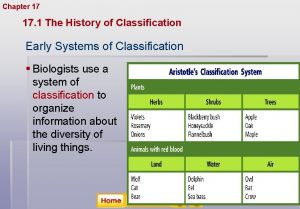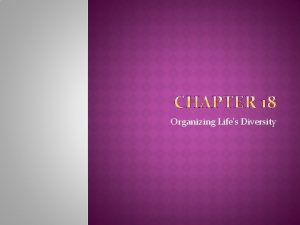Chapter 17 Organizing Lifes Diversity Section 17 1
























- Slides: 24

Chapter 17 Organizing Life’s Diversity

Section 17. 1 Classification n FL Standard SC. 912. L. 15. 4: – Describe how and why organisms are hierarchically classified and based on evolutionary relationships. n FL Standard SC. 912. L. 15. 5: – Explain the reasons for changes in how organisms are classified.

Organization of Organisms n Why? – It helps scientists better understand organisms

Organization of Organisms n How? – Classification n The grouping of objects or information based on similarities

Taxonomy The branch of biology that groups and names organisms based on studies of their different characteristics. n These scientists are called taxonomists. n

Aristotle n Grouped organisms into two groups: – Plants n Herbs n Shrubs n Trees – Animals n Grouped based on their habitat and physical differences

Aristotle n The problem: – It didn’t group according to evolutionary history – There are other organisms that aren’t plants or animals

Linnaeus n n n System of classification based on physical and structural similarities of organisms Basis of modern classification system Gave organisms scientific names using a two -word naming system —binomial nomenclature – First name—genus n Group of similar species – Second name—species identifier (a. k. a. specific epithet ) n Often describes a characteristic of the organism

Scientific Names n How it’s done: – Written in Latin – Genus name is capitalized – Species identifier is lower case – Italicized when typing – Underlined when handwritten n Example: Homo sapiens – Homo means “man”, sapiens means “wise”

Subspecies Some organisms have subspecies, variations of a species that live in different geographic areas. n Capable of interbreeding n The subspecies’ name follows the species identifier n

Examples of Subspecies Canis lupus familiaris (domestic dog) n Canis lupus (wolf) n Canis lupus dingo (dingo) n

Modern Classification Based on comparisons of external and internal structures, geographical distribution, genetic makeup n Helps establish evolutionary relationships between living and extinct species n

Example n Are dinosaurs more closely related to birds or reptiles? – Due to similarities in bone structures, taxonomists classify dinosaurs as more similar to birds than to reptiles.

How can organisms be identified? n Scientists use a tool called a dichotomous key to identify organisms based on their external features

The first step in the key will be organized the following way: 1. a. wings covered by an exoskeleton b. wings not covered by an exoskeleton Next, the statements need to lead the observer to the next step to narrow the identification further: 1. a. wings covered by an exoskeleton ………go to step 2 b. wings not covered by an exoskeleton ………. go to step 3 Step 2 needs to consist of a pair of statements that will allow for the identification of the ladybug and the grasshopper: 2. a. body has a round shape ………. ladybug b. body has an elongated shape ………. grasshopper Step 3 needs to consist of a pair of statements that will allow for the identification of the housefly and dragonfly: 3. a. wings point out from the side of the body ………. dragonfly b. wings point to the posterior of the body ………. housefly


How Living Things are Classified A group of organisms is a taxon. n Organisms are ranked in taxa from very broad characteristics to very specific ones n Smallest taxon is species—organisms that look alike and can successfully interbreed n

Taxa n n n Genus—A group of similar species that have similar features and are closely related Family—Consists of a group of similar genera (pl. of genus) Order—A taxon of similar families Class—A taxon of similar orders Phylum—A taxon of similar classes --Division is used in plants & bacteria only

Taxa n Kingdom—A taxon of similar phyla or divisions n Domain—Contains one or more kingdoms

Human Taxonomy n n n n Domain: Eukarya Kingdom: Animalia Phylum: Chordata Class: Mammalia Order: Primates Family: Hominidae* Genus: Homo Species: Homo sapiens *Classifications have changed.

Cl

Why do classifications change? n As more fossils and evolutionary relationships are discovered, changes to classifications are sometimes necessary.

New Human Classification n n Domain: Eukarya Kingdom: Animalia Phylum: Chordata Class: Mammalia Order: Primates – Suborder Hominoids – gibbons, orangutans, chimps, gorillas, humans, relatives Family: Hominidae* (Hominids) – no gibbons – Subfamily Homininae – no orangutans Tribe: Hominini (Hominins) – humans & extinct relatives Genus: Homo Species: Homo sapiens Subspecies: Homo sapiens (to distinguish it from H. sapiens idaltu, discovered in 1997)

A good way to remember Can you come up with a mnemonic device to help you remember the order? n Domain-Kingdom-Phylum-Class-Order. Family-Genus-Species n Did King Phillip cut off four giant sunflowers? n
 Organizing life's diversity section 3 domains and kingdoms
Organizing life's diversity section 3 domains and kingdoms 15-1 the puzzle of life's diversity
15-1 the puzzle of life's diversity Section 15-1 the puzzle of lifes diversity
Section 15-1 the puzzle of lifes diversity Organizing life's diversity
Organizing life's diversity Circle lifes
Circle lifes 4 lifes
4 lifes Counting blessings song
Counting blessings song Organizing life's diversity
Organizing life's diversity Genetic diversity and biodiversity
Genetic diversity and biodiversity Genetic diversity vs species diversity
Genetic diversity vs species diversity Chapter 30 section 2 diversity of mammals
Chapter 30 section 2 diversity of mammals Class mammalia characteristics
Class mammalia characteristics Chapter 26 section 3 insects and their relatives
Chapter 26 section 3 insects and their relatives Chapter 20 section 1 characteristics of fungi
Chapter 20 section 1 characteristics of fungi Chapter 2 worksheet organizing and administering
Chapter 2 worksheet organizing and administering Section 32-2 diversity of mammals
Section 32-2 diversity of mammals Section 15-2 ideas that shaped answer key
Section 15-2 ideas that shaped answer key 18-1 finding order in diversity answer key
18-1 finding order in diversity answer key Section 15-1 the puzzle of life's diversity answer key
Section 15-1 the puzzle of life's diversity answer key Sociology chapter 2: cultural diversity and conformity
Sociology chapter 2: cultural diversity and conformity Cultural diversity and conformity guided reading section 3
Cultural diversity and conformity guided reading section 3 Cultural diversity and conformity section 3
Cultural diversity and conformity section 3 Section 15-1 the puzzle of life's diversity answer key
Section 15-1 the puzzle of life's diversity answer key Cultural diversity and conformity section 1
Cultural diversity and conformity section 1 Cultural diversity and conformity section 1
Cultural diversity and conformity section 1
